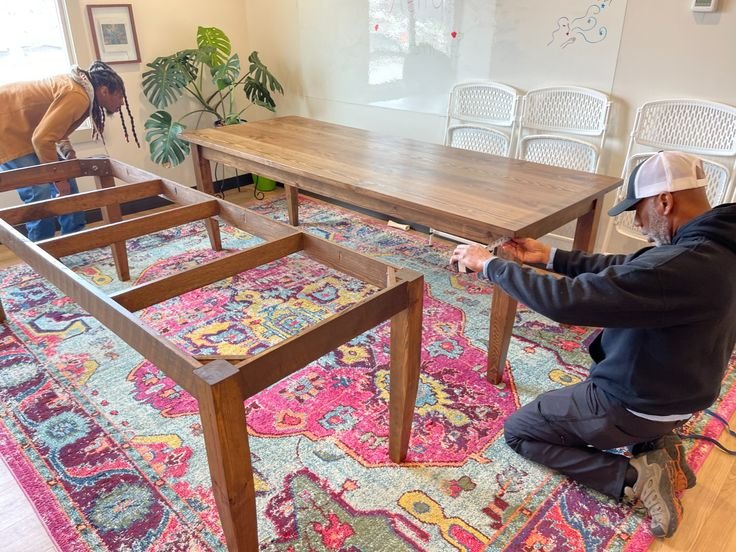
RECLAIMING WOOD | We salvage & restore wood to new life as farm tables, planters, desks, and artful objects
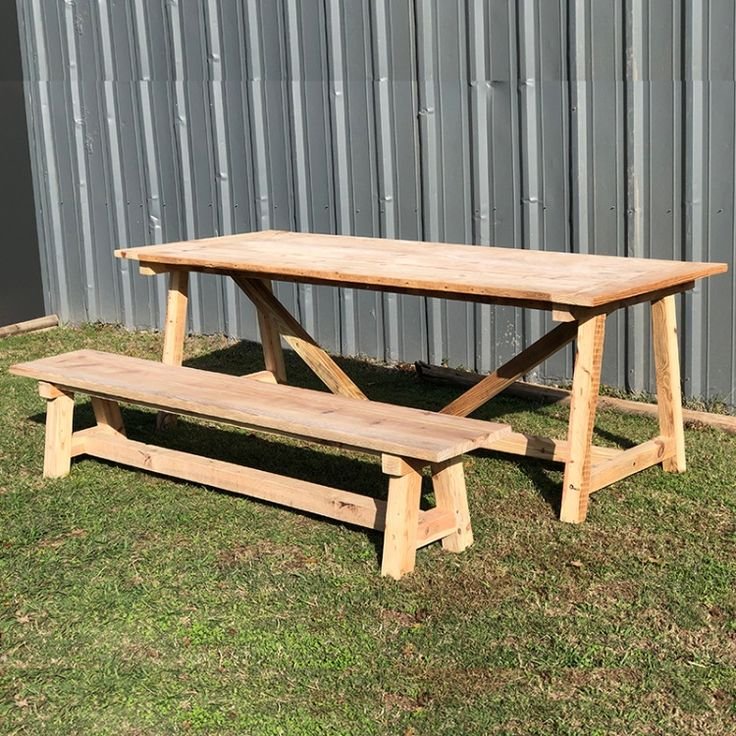

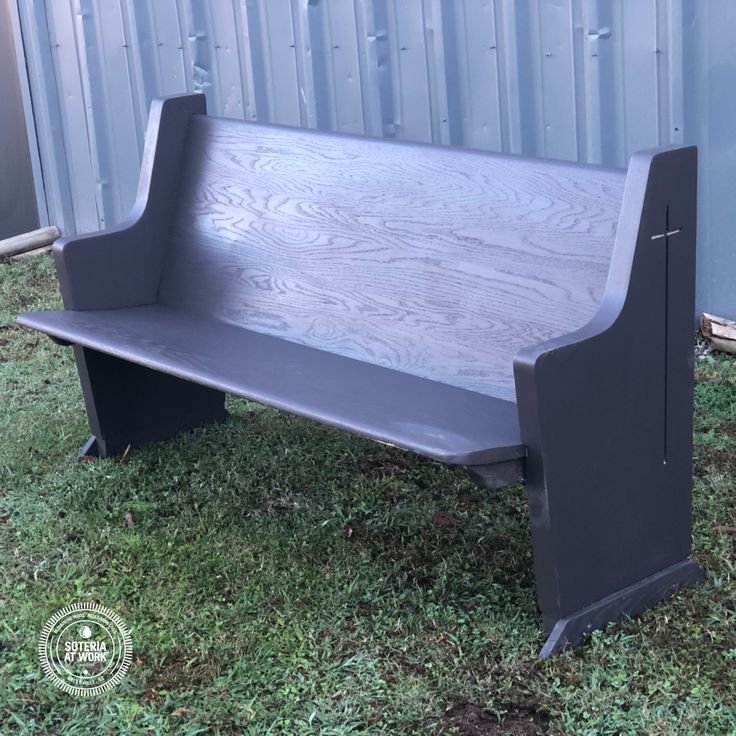
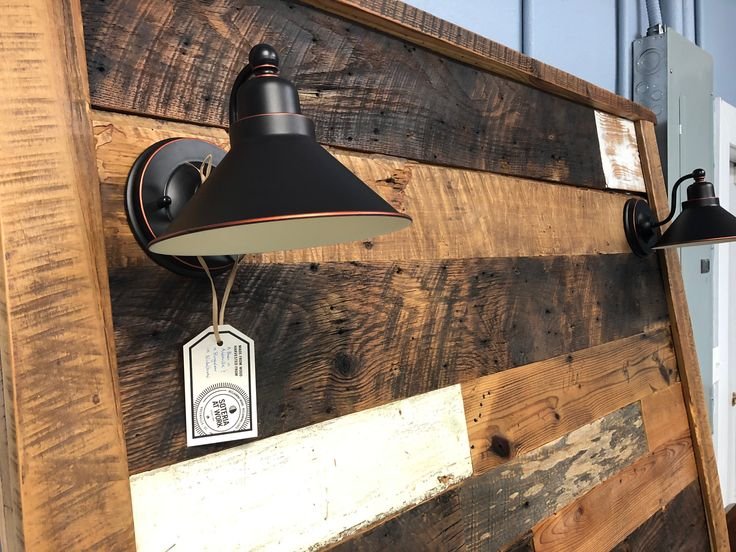

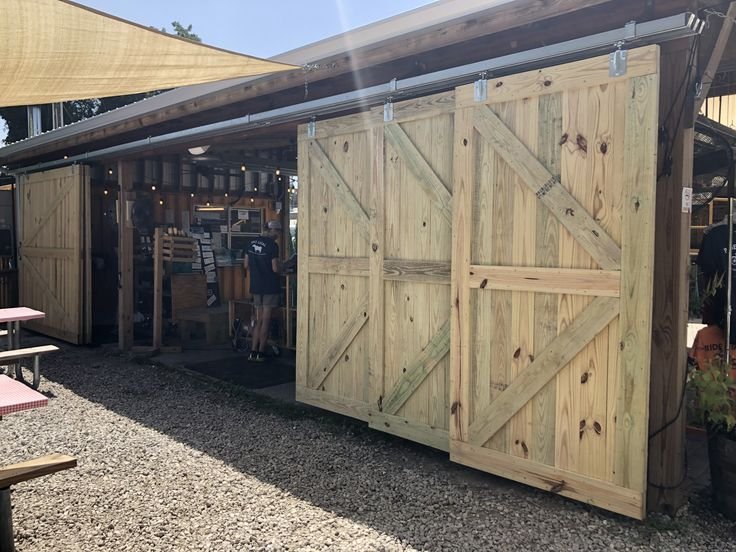
because good resides within everyone AND everything,
no matter their history.
The materials we collect are restored to new life and purpose in order to build furniture & artifacts both for businesses and for individual consumers. The process for all of our pieces begins with deconstruction where we salvage wood from structures that would otherwise go to the landfill.
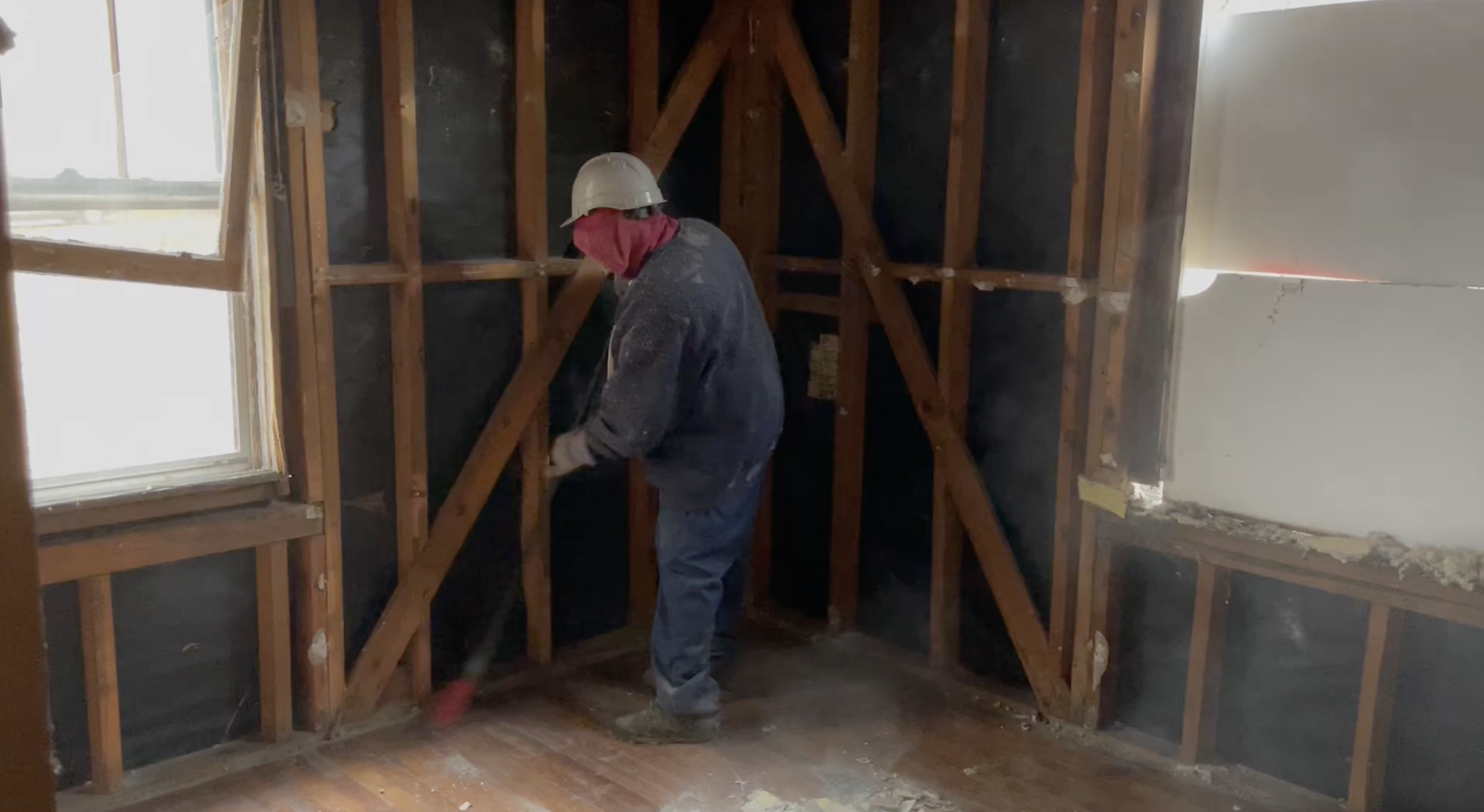
LESS landfill waste, more jobs & FEWER taxES
Soteria is skilled in the selective dismantlement of homes and buildings to salvage the wood components. Once disassembled, we de-nail and store the wood to later use these materials to build barn doors, tables, yard games, and much more.
Any material donated to our organization is eligible for a tax deduction that offsets the cost.
DECONSTRUCTION
salvage | much more than wood
Our deconstruction program provides a sincere opportunity for formerly incarcerated individuals to learn and apply new skills, earn money, improve their long-term job prospects, and build long-term stability that prevents recidivism.

Deconstruction | selectively dismantling buildings in order to salvage its components
Demolition | razing a structure; building components go to the landfill
why choose deconstruction?
ECONOMIC BENEFITS
While demolition is a faster process, deconstruction may be a more cost effective solution once all economical factors are considered:
Fewer transport & disposal costs
Less material in our landfills
Tax write-off from donating salvaged material
job creation
Deconstruction is a labor intensive process - which means that it provides jobs.
Demolition often requires a mandatory waiting period between granting demolition permits and beginning new construction.
In the end, the time required for either is about the same, but deconstruction strengthens the workforce.
environmental BENEFITS
Diverting waste from landfill sites:
Reuses instead of discarding building materials
Extends the life of landfills
Reduces the need for extracting new resources
1
site assessment
how does deconstruction work?
Make an appointment with Soteria for a building assessment to determine what material may be salvaged, to identify any hazardous materials, and to estimate the equipment and labor needed to deconstruct.
2
Receive Deconstruction Bid
Soteria at Work will quote the cost of deconstruction.
3
Receive a third-party appraisal
Feel free to hire your own Deconstruction Appraiser, or we can recommend one. The appraiser will either make a site visit or look at photos of the property to determine an initial valuation for a tax-deductible donation of salvaged material to Soteria. After the job is complete, the appraiser will finalize the amount based on a review of salvaged material.
4
deconstruct
Once you accept our proposal, Soteria will work with your schedule to deconstruct your building, which takes a few weeks on average. With appropriate planning, we will have plenty of time to deconstruct before demolition begins, and our work will reduce demo costs by leaving less square footage for demo crews to remove.

An excerpt from Reclaimed
by Jerry Blassingame“
In South Carolina, there is no shortage of old, broken down spaces, filled with old stone...old brick...old wood. To look at these buildings from the outside—before they are torn down to make way for something larger, or bigger, or more modern—they are run down. Tattered. That brick is too worn down. That wood? Possibly rotted. Too many questions, too much work.
Not worth saving.
Sometimes, though, those materials are taken up carefully, and repurposed. Someone comes along and has a vision for those bits and pieces of history, and decides they do, in fact, have value; that they are worth saving. And, those pieces of scrap, if lucky, are given new life beyond simply being as they once were. They’ll be turned into new flooring...new walls...furniture or home décor.
They will be reclaimed.”
